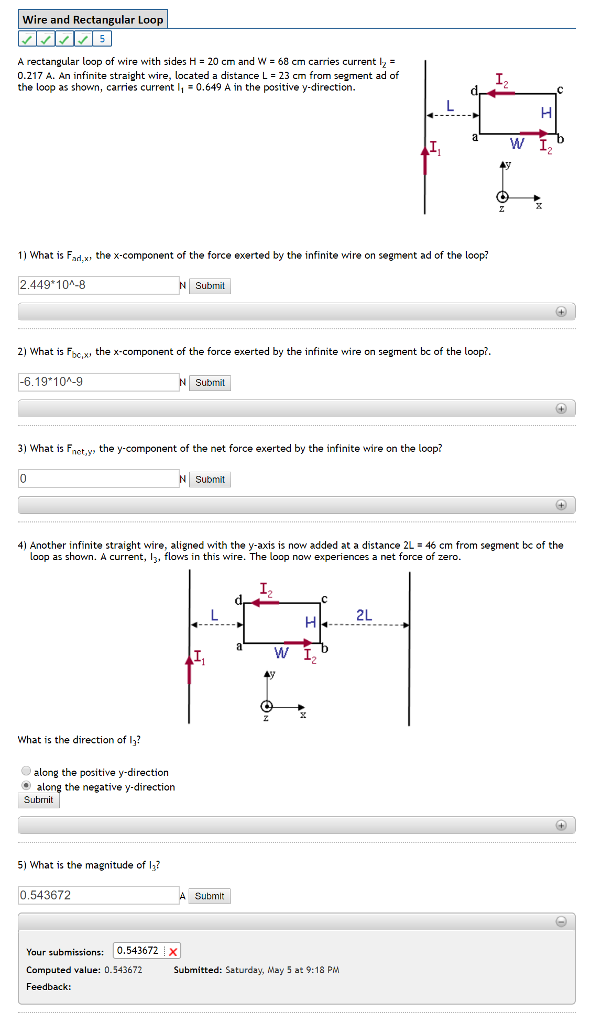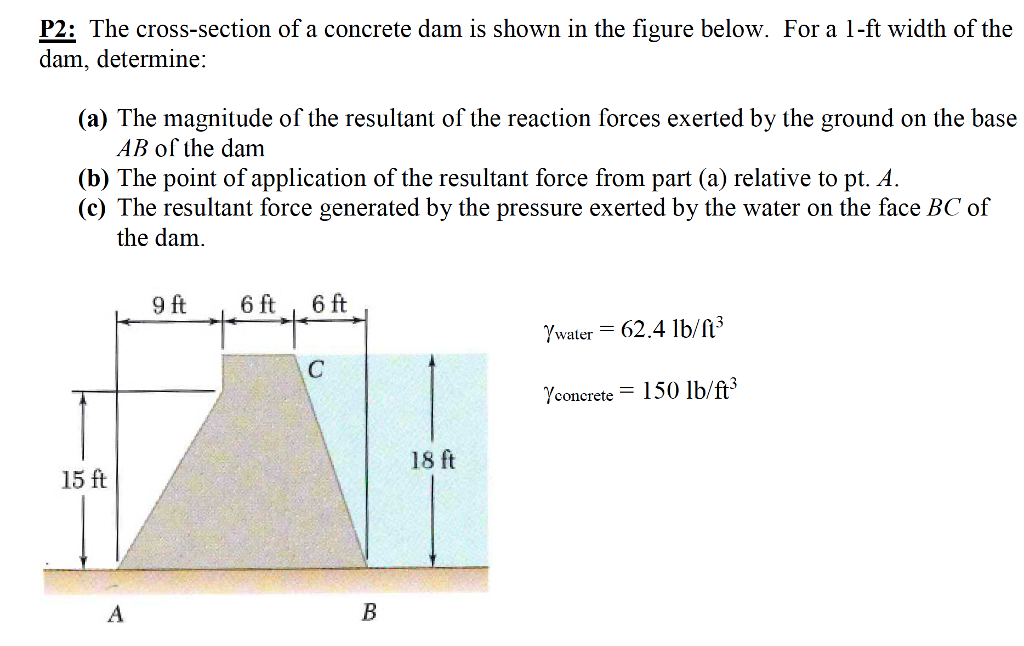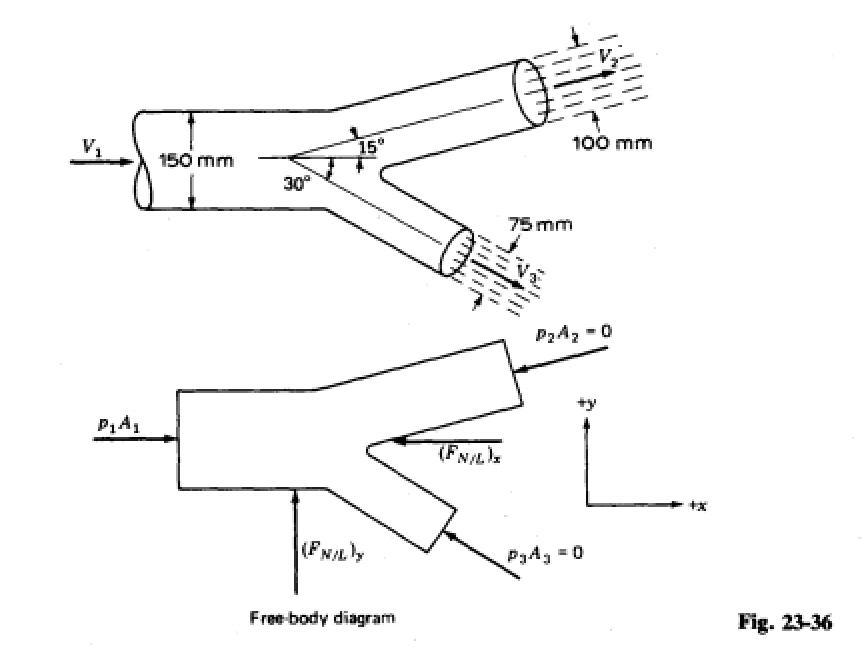

How much work does he do on the box while walking across the floor at constant speed?įor any given situation, the work done by a force can be calculated using the equation W = F*d*cos(Theta) where F is the force doing the work, d is the displacement of the object, and Theta is the angle between the force and the displacement. The child then carries the box with constant speed to the other side of the room and puts the box down. Of course, this assumes no energy is lost to air resistance, friction or any other non-conservative forces and that the arrow is shot horizontally.Īnalysis of Situations in Which Mechanical Energy is Conservedġ3. When released, this energy is converted into kinetic energy such that the arrow will have 50 J of kinetic energy upon being fired. When released, the arrow will have a kinetic energy of _ Joules.Ī drawn arrow has 50 J of stored energy due to the stretch of the bow and string. An arrow is drawn back so that 50 Joules of potential energy is stored in the stretched bow and string. Since the 2400-kg car weighs 2X as much as the 1200-kg car, it would require twice as much work to lift it the same distance.ĭefinition and Mathematics of Work | Calculating the Amount of Work Done by Forcesġ2. The force required to raise the car at constant speed is equivalent to the weight (m*g) of the car. The amount of work done by a force to displace an object is found from the equation W = F*d*cos(Theta) Lifting the more massive car requires _ work. A 1200 kg car and a 2400 kg car are lifted to the same height at a constant speed in a auto service station.


NOTE: The next 15 questions presume that the value of g is 10 m/s/s.ġ1. The Review Session » Work and Energy Packet » Answers Q#11-25 Work and Energy Review


 0 kommentar(er)
0 kommentar(er)
